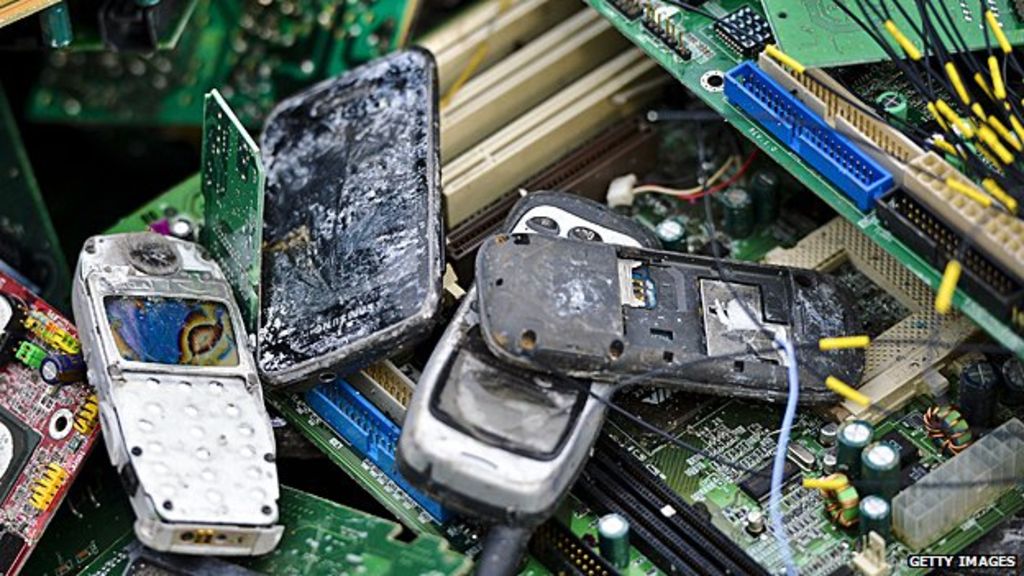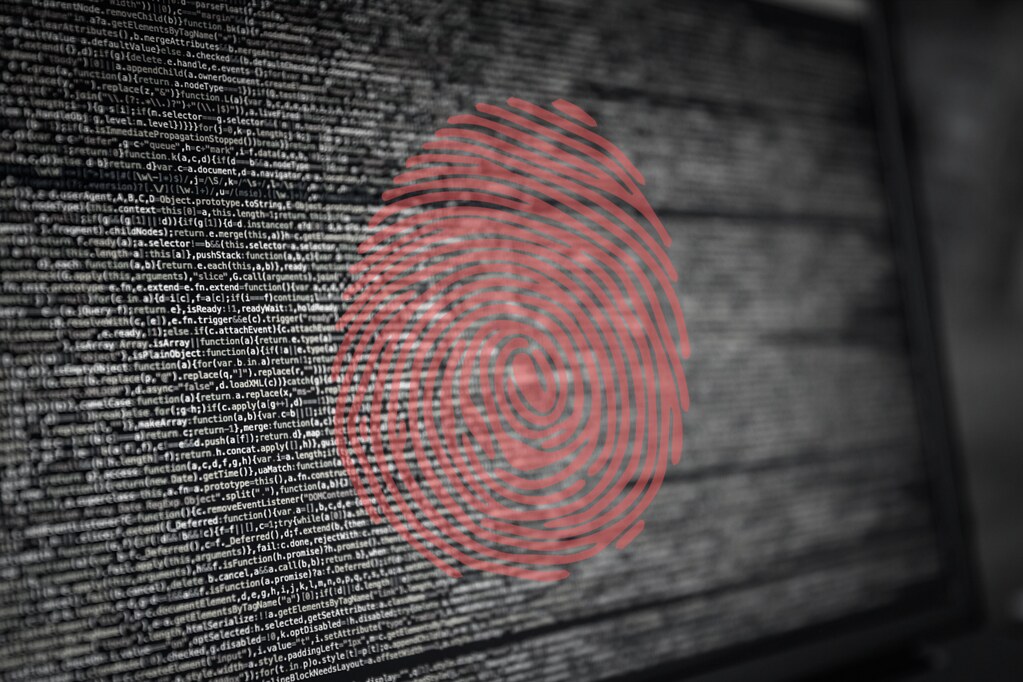There are so many off-the-shelf solutions for home automation. Why does it make sense to build my own system?
Autonomy
Ever wondered why do you need internet to switch on your lamp in the living room while you are at home? Well, you are right: you do not need internet to do that. If you build your own home automation system you don’t need internet for tasks that can be accomplished with information flow inside the perimeters of your home.
Longevity
Home automation products’ new versions are continuously being developed and the older versions are becoming obsolete at an alarming pace. Not only it generates a significant pollution for our environment but no longer supported products are also a waste of your money. In your own DIY system you can use products as long as they are operational and no one forces you to throw away a perfectly functional devices just because it is no longer supported.

Data Security
If you don’t have root access to your smart home hub someone else has.
By using your own home automation controllers and open source software you have full control over what information is sent to the internet, how it is secured and where you store your data. No more shady apps, strange ports open and storing information about your home habits somewhere in the cloud.

Flexibility
Most modern off-the-shelf home automation systems provide user-friendly graphical UIs with configuration options. Some of them might even have basic programming interfaces at the same time you are limited to the feature set the vendor defined for you. With a DIY home automation solution you can practically create any application you want. Not to mention that you are not tied to a single vendor’s ecosystem but can select the best vendor for each type of sensors and other end-points.

It is the same
Don’t let the fancy UI, graphical boot screens and stylish design fool you: under the hood an off-the-shelf home automation HUB is very similar to a raspberry or mini-PC running an open-source home automation framework. Commercial software very often utilize open-source software components which are the very same ones running in your DIY home automation system.
